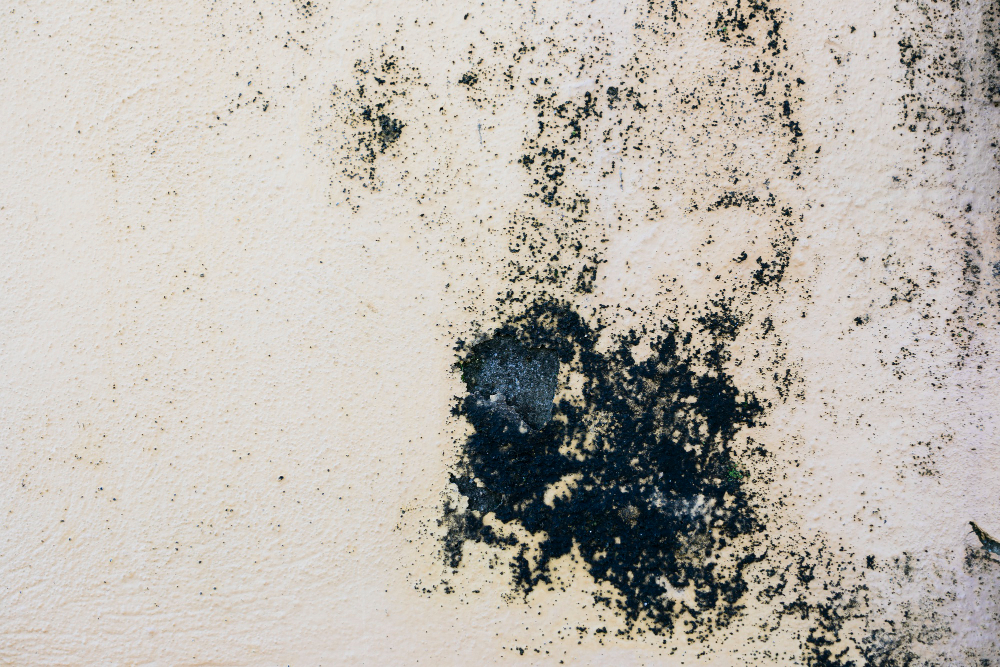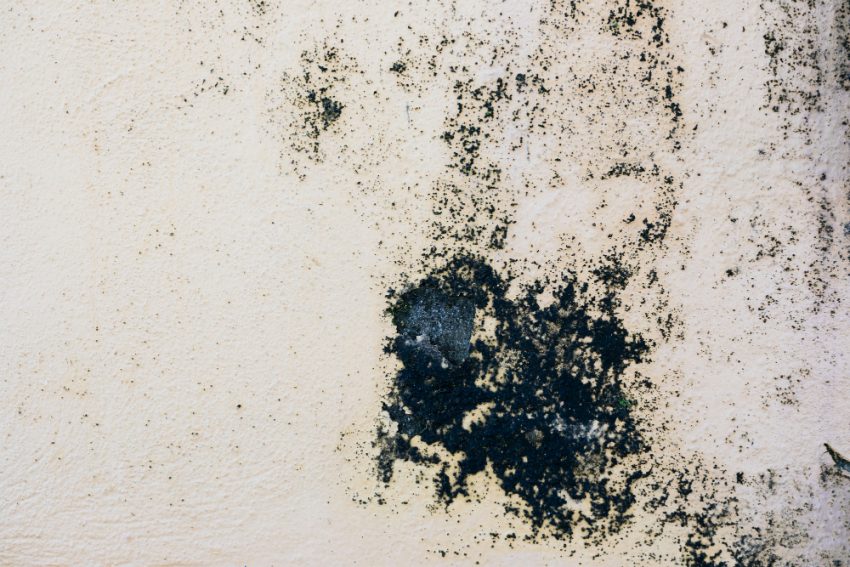
One of the common reasons for damp build-up is the accumulation of moisture and condensation. When you allow these conditions to continue, you risk the development of damp on the walls and in the corners of the house.
So, it’s obvious that to get rid of damp, you need to tackle the issue of condensation and moisture in the household. So, before you enter “damp proof specialists near me” in the search bar, here are some precautions to take
1. Close Bathroom and Kitchen Doors
The common sources of condensation and dampness in the house are places where heat and moisture build-up. These include the kitchen and bathroom. So, whenever there’s an activity going on in these rooms, be sure to shut the doors to prevent the humid air from filling the room.
2. Keep the Furniture Away from the Walls
It might seem insignificant, but keeping the furniture away from walls is key to improving air circulation in the household. When there’s no space between furniture and the walls, it prevents proper air circulation and creates room for damp and mould formation.
3. Install An Extractor Fan
Part of keeping the home moisture-free is ridding it of excess humidity. It’s especially important for places like the kitchen and showers where there’s a constant release of heat and moisture. Doing so will ensure that the excess moisture will be taken care of.
4. Keep the Extractor Fan Turned O When in the Shower
Another helpful tip is to have the extractor fan turned on when in the shower. It’s easier to maintain adequate moisture levels when you get rid of the steam and heat as they come. It’s also more effective than waiting till you’re done to get rid of the accumulated moisture.
5. Wipe Cold Surfaces Always
Cold surfaces have the potential to collect moisture, and this can turn into mould when left unattended. This is especially important when you don’t have an extractor fan or during the winter season.
6. Leave the Window Open During Warm Weather
You should know that when you breathe, you contribute to the condensation in the room. What you should do is leave the windows open at intervals to keep the rooms properly ventilated. It’s important to do this during warm weather to prevent heating of the room.
7. Limit the Use of Paraffin Heaters and Gas Cookers
Another source of condensation in the household is the heat that comes from gas cookers and paraffin heaters. At some point, you’ll have to switch to a different means of cooking. Aside from the heat and moisture, the fumes are also toxic and form health hazards.
8. Install Double Glazing and Wall Insulation
The combination of double glazing, loft, and wall insulation creates an environment in your home that doesn’t lose heat easily. Hence, you’re keeping your home warm enough to reduce the rate of condensation in your home
Conclusion
The presence of damp and mould isn’t a pleasing sight for any homeowner. It’s also a cause of concern for the health of all who live with you. So be sure to take the necessary steps to reduce heat and moisture in the home.

